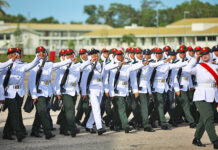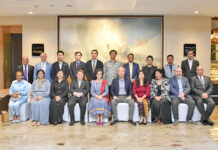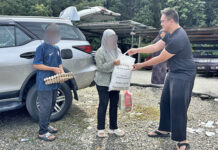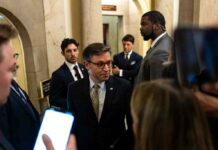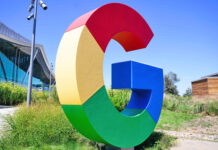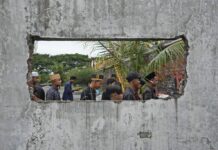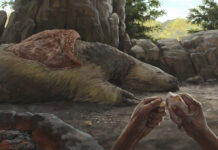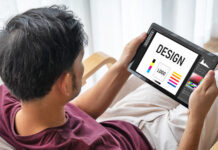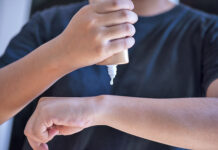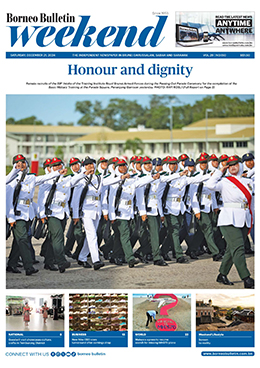In today’s rapidly evolving world, teaching is no longer confined to the blackboard and textbooks. Teachers are tasked with balancing the delivery of traditional academic content while nurturing critical 21st-Century skills such as creativity, collaboration, and adaptability.
Here are some insightful tips and tricks, from a teacher at Berakas Secondary School, providing a blueprint for how educators can prepare students for both academic success and the future.
BLENDED LEARNING APPROACHES
One of the most effective strategies to harmonise traditional academics with creativity and collaboration is through blended learning.
By combining traditional lectures with modern pedagogical techniques – such as project-based learning or flipped classrooms – teachers can engage students with core subjects while fostering creativity.
For instance, after laying down foundational knowledge, the teacher encourages students to collaborate in groups and apply what they’ve learnt through creative projects or problem-solving activities.
This approach not only strengthens subject comprehension but also enhances teamwork and innovation.
INTERDISCIPLINARY LEARNING
Fusing subjects together offers students a more holistic learning experience, explained the teacher.
Integrating arts, science, and technology into lessons opens the door for creative and collaborative tasks.
Take, for example, a history lesson on the Industrial Revolution.
Rather than simply memorising dates and events, students are tasked with designing their own modern inventions to address current global issues.
By linking traditional academic knowledge to real-world applications, students develop adaptability and critical thinking while exploring their creative potential.
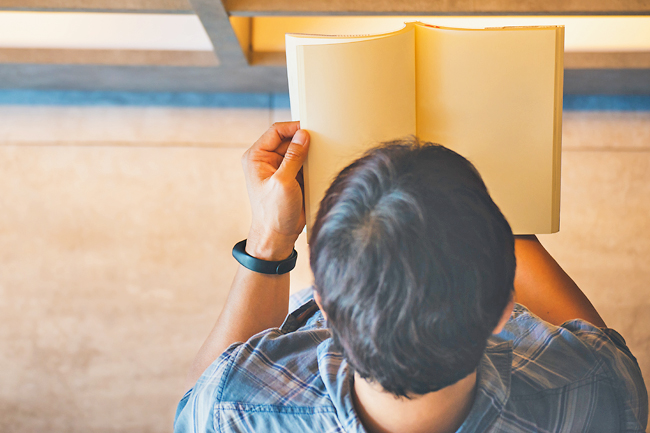

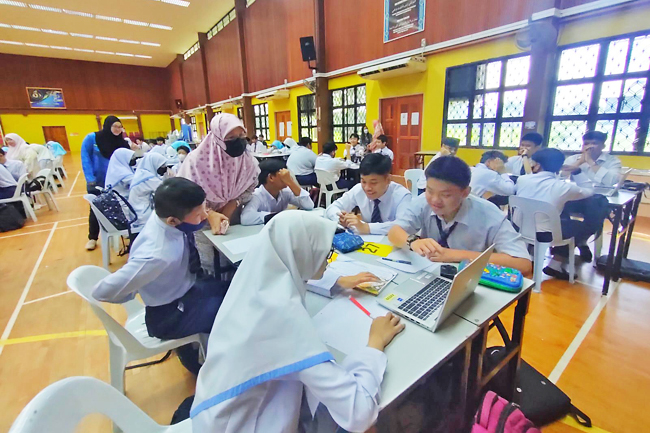
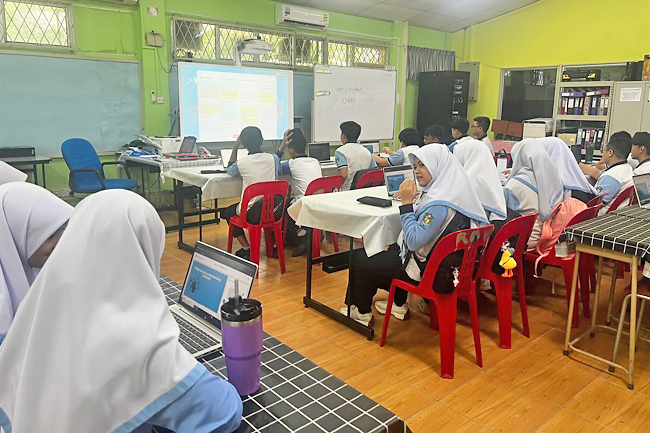
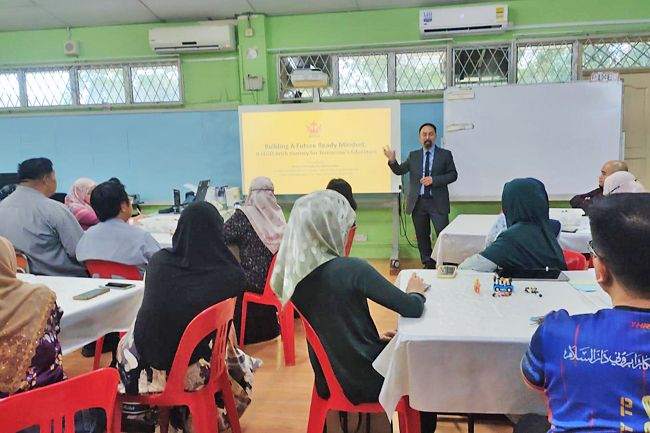
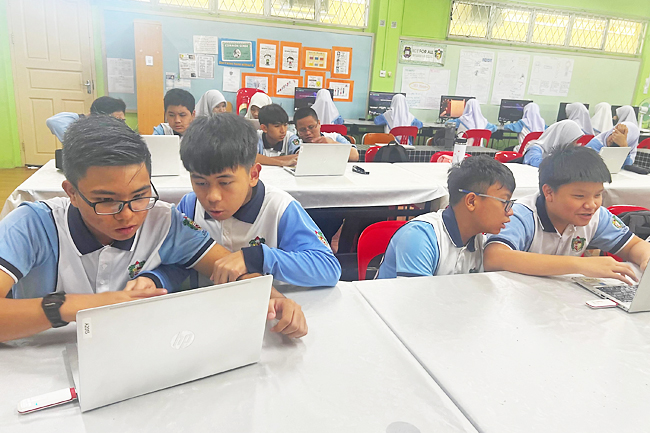
ENCOURAGING PROBLEM-SOLVING AND INQUIRY
Open-ended questions, debates, and real-world challenges are powerful tools in the classroom. This teacher frequently integrates these into lessons, encouraging students to think critically and collaboratively.
By posing complex problems without clear-cut answers, students are required to adapt their academic knowledge to real-world scenarios. This method promotes a rich blend of content mastery and skill development, with students learning how to apply theoretical knowledge to practical challenges.
STUDENT-CENTRED LEARNING
In moving toward more student-centred approaches, such as inquiry-based learning or self-directed projects, students are given more autonomy.
As they take ownership of their learning, they naturally become more adaptable and creative. The teacher noted that this strategy allows students to explore their own interests while still mastering traditional academic content.
The key is providing the structure needed to guide them while allowing freedom to explore and collaborate with peers.
COLLABORATIVE LEARNING OPPORTUNITIES
Collaboration is not just a skill for the future; it is vital for success in today’s world.
Teachers can easily incorporate collaborative learning within traditional academic lessons.
Group work, peer discussions, and collaborative projects can be embedded into almost any lesson plan.
This teacher emphasises that students not only master the content but also learn how to communicate effectively and adapt to different roles within a team setting – skills that are highly sought after in the workplace.
INCORPORATING TECHNOLOGY AND DIGITAL TOOLS
Modern education requires a marriage between technology and traditional content. The teacher highlights the importance of integrating digital tools into everyday lessons.
Whether its students collaborating on multimedia presentations, designing infographics, or participating in virtual simulations, technology enhances both creativity and collaboration.
Importantly, it also builds digital literacy, a crucial skill in the 21st Century. In this way, technology serves as both a means of delivering academic content and a vehicle for developing future-ready skills.
Assessments should reflect both content mastery and skill development.
BALANCED ASSESSMENT STRATEGIES
While traditional exams test knowledge retention, the teacher suggests incorporating other forms of assessment to evaluate creativity and collaboration.
Group projects, presentations, and portfolios allow students to showcase their creative thinking and adaptability.
Reflective assessments, where students discuss their problem-solving approaches, also offer valuable insights into how they are applying traditional academic knowledge in innovative ways.
ADAPTABLE LESSON PLANS
Finally, flexibility is key. The teacher advises being open to adapting lesson plans on the fly when creative opportunities arise.
If a student asks a thought-provoking question or suggests an idea that inspires the class, it’s worth pursuing-even if it deviates slightly from the original lesson plan.
By allowing students to explore their curiosity, teachers can foster a learning environment that values both content and creativity. – Wardi Wasil


